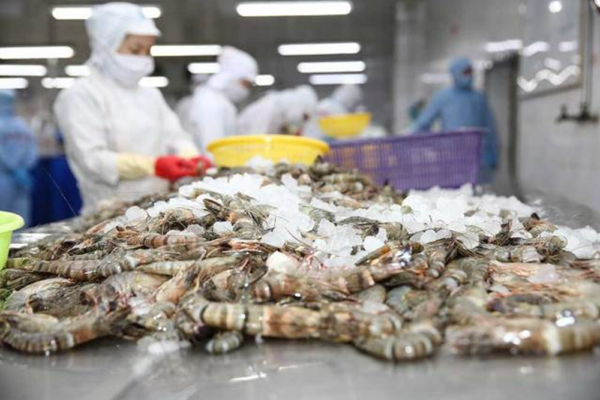While raw material often contributes to more than 50 percent of overall production costs in seafood processing, labour likely feels a lot bigger. Why? Because when things go wrong, it hearts a lot. Bottlenecks, breakdowns, paperwork, data errors—we have seen these problems while working with our customers in seafood processing. It’s feels unproductive and frustrating.
Implementing seafood processing software for plants can literally be a solution. It minimizes lot of efforts and save, especially redundant data entry. More often, it saves time, allowing you to focus on more productive tasks that could improve your bottom line. In my view, saving time, especially that of senior managers and executives, may be more valuable than cutting a low-wage data-entry position.
Let’s look at how? In this article I will be focusing on Data Management and Production.
Data Management
Most people would be shocked to learn how much data is being collected in seafood processors. A typical shrimp processor collects hundreds of pages of data each day. One of our customers records more than a 5 lakhs transaction data entries per year or about 2 gigabytes of data. Thus, enormous effort is expended managing all this data. Look for savings in these tasks
- Collecting: Lot of data is collected manually in seafood processing, which means key punching it into a tablet rather than writing it on paper. The bigger savings comes after data has been initially digitized.
- Communicating: Digitization can streamline communications, eliminating calls, emails, physically movements and redundant data copying. With integrated software, data can be automatically and instantaneously shared with downstream workers or supervisors.
- Reporting: Most managers spend several hours a day compiling production reports, manually updating inventories on Excel, or tracking down data from different departments to do cost accounting. Software can automate reporting, saving precious time.
- Retrieving: Once daily reports are filed away, they’ll inevitably need to be retrieved at some point for verification, audits, and customer requests. The older the report the more painful it is to retrieve it from the archive, which can often be offsite. An electronic recall can be down at the speed of clicking a button.
Production
One of the greatest advantages of digital transformation is the operational and business intelligence that is generated. Huge volumes of data can be analysed to understand trends and optimize processes. Ultimately, it’s about increasing the productivity of workers by preventing breakdowns and bottlenecks.
- Breakdowns: Downtime is costly. The cost of repairing a machine might be marginal compared to the cost of idle workers and lost production. Digitizing and analysing data such as freezer running times, breakdowns and maintenance can enable predictive maintenance that will ultimately save labour costs.
- Bottlenecks: with fresh fish (online), raw material often moves faster than information. Waiting for paperwork isn’t uncommon. Digitization avoids this bottleneck by immediately sharing data with downstream workers. If you’ve ever been in a processing plant with workers just standing around, a bottleneck is likely the culprit.
We’ve identified many ways that digital transformation can save time and cut labour costs across the organization from idle cutting line workers to top management going cross-eyed laboriously manipulating Excel spreadsheets for cost accounting. Paperwork is painful indeed, but digitization is the solution.
Manoj Patil
CRUXZEN TECHNOLOGIES PVT LTD.
